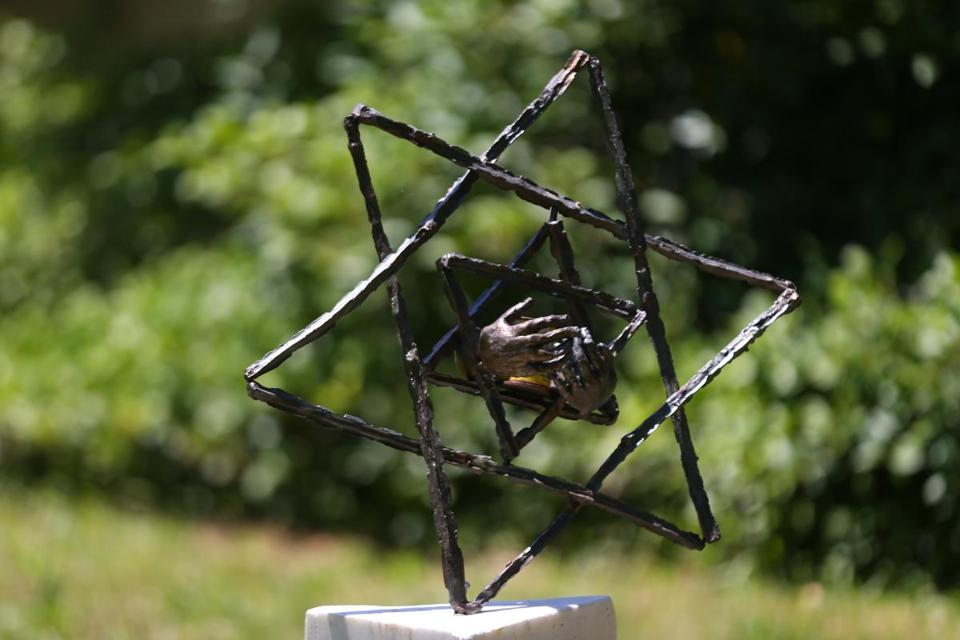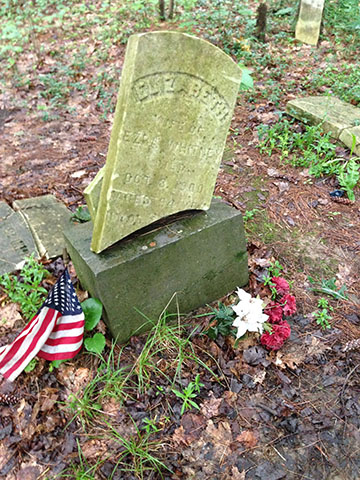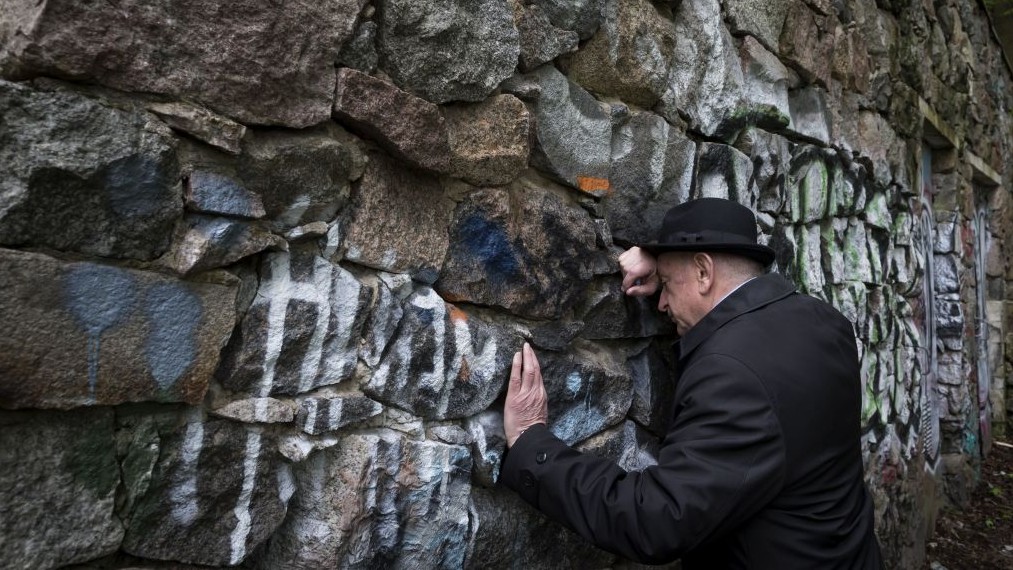Cemeteries are considered antiquities. Protection of these antiquities are for the most part left up to the states to determine what constitutes an antiquity when it comes to cemeteries. Regulations and laws vary widely across the states. The embodiment of culture rests in cemeteries however grave sites are mainly consider to be property.
Vandalism can also represent a manifestation of waves of hate and fear in societies around the world. In the village of Hyannis MA january 2017 santanic 666 and the numbers 4.20 for Hitler’s birthday were spray painted in the cemetery. Scrawled letters were “kill jews.”This vandalism appears to coincide with the spike of hate speech and other aggressive acts in the current polarized political climate. On February 22, 2017 the Chesed Shel Emeth Society cemetery in University City was vandalized. Over 170 headstones were toppled. Over 54 Jewish community centers in 27 states and one Canadian province received dozens of bomb threats, according to the Jewish Community Center Association. The community at large including muslim communities immediately responded. Muslim activists raised over $130,000 to help repair the cemetery.
A few days week later, on February 27, a Jewish cemetery in Philadelphia was vandalized and estimates are that more than 500 headstones were vandalized.
Holocaust sculpture destroyed at Milton Cemetery in Massachusetts, Boston Globe, September 20 2016
The protection and preservation of Jewish cemeteries and mass graves in Europe becomes more and more essential as time goes by and the number of survivors declines.
Frequently, desecration, particularly involving the remains of ethnic groups, it is done out of greed or convenience as developers collude with local governments to repurpose head stones as the soviets did in Vilna Lithuania. The result is not only a physical loss to generations, but a great lost to history and culture. In Vilnius (Vilna) Lithuania there are two Jewish cemeteries, one post WWII, that is well kept and quite large, one older, which has been desecrated. Many of its stones were removed for building a large series of steps leading to the Communist Party Headquarters. Source: Philip Bennet
In Vilna Lithuania, a fight continues to stop a conference center being built in the center of a large jewish cemetery. Headstones were taken by the Soviets and used for architectural features in the city, their inscriptions facing away from public view. Other headstones are heaped in a pile Ethnic groups such as black and Jews are particularly vulnerable.

In Bethesda Maryland, a burial ground of African slaves located in a wealthy suburb, was yet another cemetery to fall victim to development when it was turned into a driveway. Remains mysteriously disappeared. A Wall Street firm, Equity One, now plans to build a garage over the former burial ground even as resistance against the development continues to grow, including a demand that the missing remains be located. Many black cemeteries in the southern states are part of the lives of residents, but they might exist on public land and have no markers. Developers take advantage of this and forge ahead without contacting descendants. This is unlikely to be the case with white cemeteries.
Christian cemetery in Istanbul had Massive Destruction.
In 2009, 90 tombstones were broken in an historic Christian cemetery in historic Istanbul. This was a common occurrence. It was not reported in the press. The large Christian cemeteries in Turkey represent the relatively small minority of Christians in the country.
PROTECTION FOR CEMETERIES
Politically, there will be those who will question why Bensouda is focusing on ancient sites rather than going after rape, torture and murder convictions, but destruction of cultural heritage is not a second-rate crime. It’s part of an atrocity to erase a people. Mark Ellis, chief executive of the International Bar Association.
Cemeteries are one of the cultural antiquities lost to war and religious conflicts around the world either incidentally or deliberately. The consequence of this cultural destruction is the loss of culture and language. It is the loss of ancestral heritages, heroes and everyday existence as a matter of life and death. It is a loss of communion with the dead and therefore it is a loss of humanity.
In 2016, The international criminal court (ICC) conducted its first war crimes trial for destruction of cultural monuments against Ahmad al-Faqi al Mahdi accused of destroying antiquities on July 25, 2013. The tombs and shrines dated back to the 15th century and were part of a UNESCO world heritage site in Timbuktu. The defendant’s apparent motivation was that the antiquities were “blasphemy.” His crime was considered an attack against cultural identity. The defendant plead guilty.
In war, one motivation for desecration of cemeteries and other antiquities is to destroy narratives and the collective memory of a culture and replace it with a new history. It is a common act. The attacks on cultural identities should be tried as criminal acts, but they are not. Protecting cultural heritage should be a high priority in war, but it is not. Before the Iraq invasion, authorities in Washington, including the Pentagon, were warned of the dangers to some of the world’s great cultural treasures in Iraq and were reminded of their responsibilities under international law, e.g. the 1954 Hague Convention for the Protection of Cultural Properties in the Event of Armed Conflict. In 2003, none of the Iraqi sites were protected. Then US Defense Secretary Donald Rumsfeld dismissed the reports of cultural devastation saying, “stuff happens…freedom is untidy.” The coalition forces did their share of destruction as well.
Are there relationships between the wholesale destruction of a culture, the hate crimes, the general neglect, and the desecration of cemeteries by teenagers? That is a question that needs to be asked.
.



